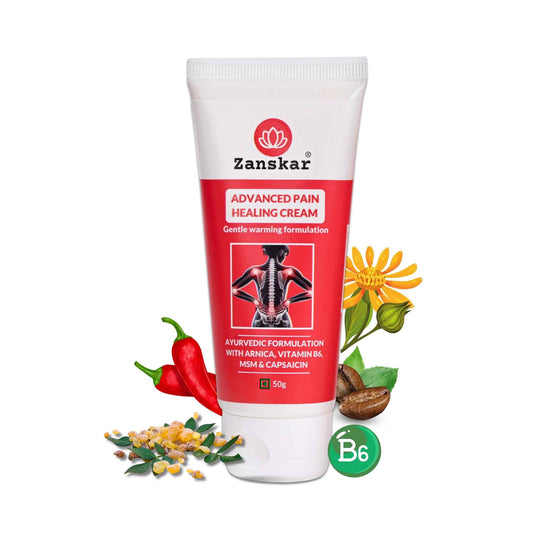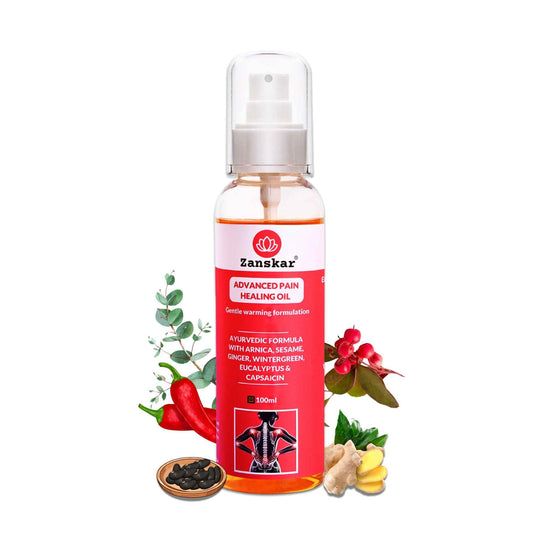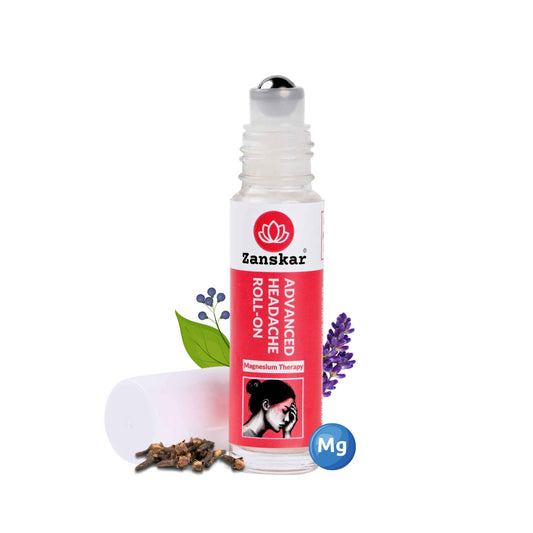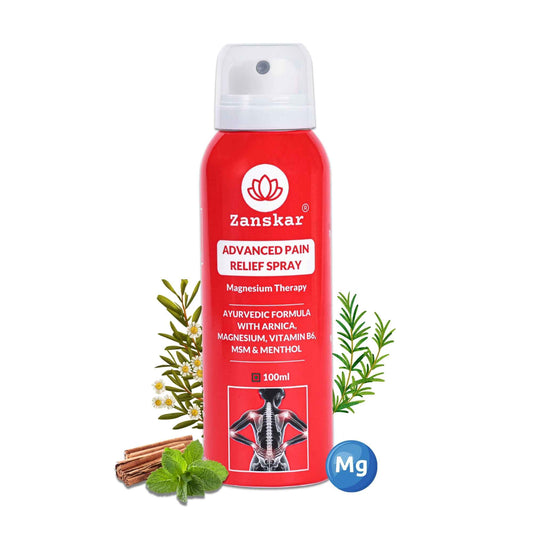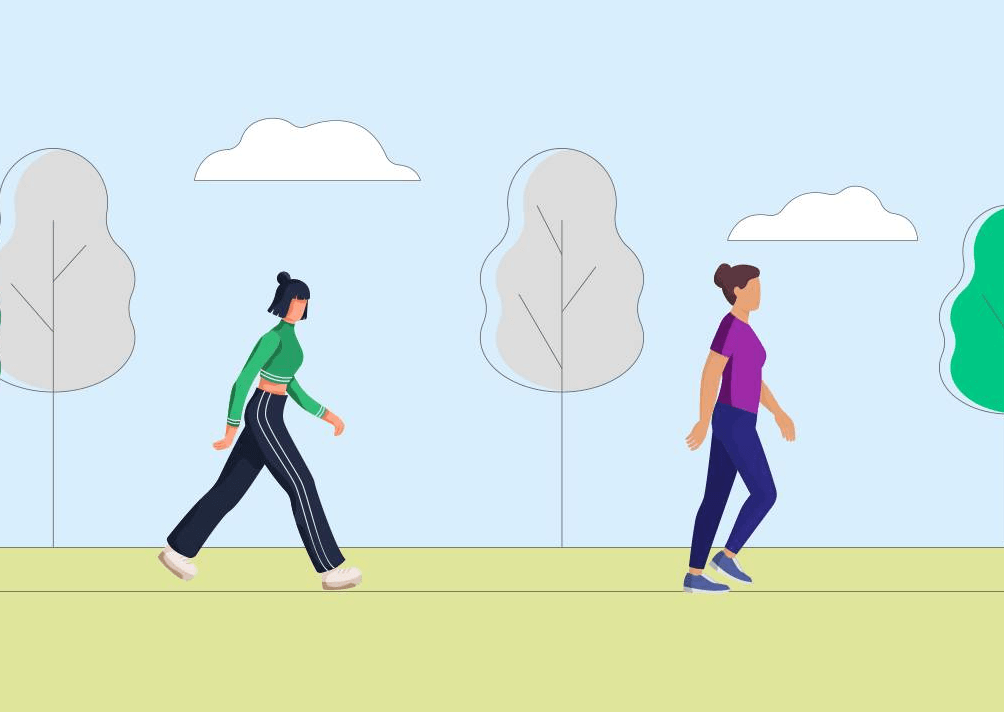
Importance of Brisk Walking for Joint Pain Relief
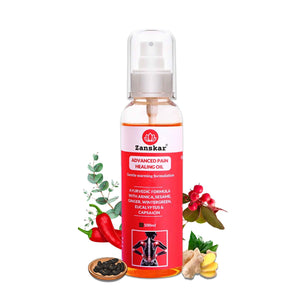
Can you really walk your way to good health? Yes, you can! “Walking is one of the simplest physical activities around, but it carries so many health benefits,” says our head consultant of physiotherapy at Zanskar. In fact, new research even suggests that brisk walking can shave years off your biological age. A 2022 study found that people who regularly walked at a pace of at least 5 kmph had healthier telomeres, the tail ends of our DNA that help prevent ageing.
While any type of walking is good for you, walking at a brisk pace may bring more health benefits. People who walk at a brisk pace for about thirty minutes a day have a significantly reduced risk of heart disease, cancer, dementia and death compared to their slower moving peers, according to two 2022 studies published in JAMA Internal Medicine and JAMA Neurology.
Although there are lots of reasons to pick up the pace of your normal stroll, short movement snacks throughout the day are still just as important for stress management, relieving joint stiffness and muscle tension, and so much more. Not every walk has to elevate your heart rate, but if you want to take your walking routine to another level, making some of your walks more intense and aerobic in nature is a good way to do so.
If you’re hesitant to pick up the pace of your walks, maybe because of joint pain or mobility issues, know that there are many ways you can gradually increase your walking speed so you can get the health benefits while giving your body a chance to adapt to a new pace. Read on to learn how.
What Is Brisk Walking?
Brisk walking means walking at a pretty good clip, though this looks different for everyone. For some, that may mean walking at a pace of 6.5-7 kmph, but the exact speed doesn’t really matter. The most important thing is that the pace feels like it’s a moderate intensity for you. Not sure what moderate intensity feels like? It means if you’re walking with a friend, you can still talk to them, but you’ll have to pause every sentence or two to get an extra breath in, says our expert. “But you don’t want to be so winded that you can’t get more than a few words out.”
How Fast Is a Brisk Walk?
Walking on a treadmill or using a smartwatch can be easy ways to track your walking pace, but you don’t have to rely on technology to achieve a brisk walk. There are other ways to track and monitor your walking speed no matter where you’re walking.
Check your target heart rate. Knowing your heart rate, or pulse, during exercise is an effective way to measure how hard your heart is working. Start by calculating your maximum heart rate, which is about 220 minus your age. That means if you’re 50 years old, your max heart rate is approximately 170 beats per minute. Your target heart rate during a moderate-intensity activity like brisk walking should be about 50% to 70% of your maximum heart rate (or 85-119 beats per minute for a 50 year old).
Periodically check your heart rate during your walk. You can use either a wearable tracker or a manual method by pressing the tips of your index and middle fingers (not your thumb) lightly over the artery on the inside (thumb side) of your wrist. Count your pulse for 30 seconds and multiply by two.
Steps per minute. Research suggests that taking about 100 steps per minute — the equivalent of about 4.5kmph — is enough to get brisk walking health and fitness benefits. This means that if you walk for 20 minutes you want to shoot for taking about 2,000 steps in that time. Just remember to take this number in stride. Other factors, like height, which affects the length of your stride, could mean you should shoot for slightly higher or lower. A fitness tracker can help you keep track of your steps.
The talk test. This is a very simple way to measure how intense your workout is for you. Since it doesn’t rely on data or measurements such as walking speed, it’s a good way to get personalized information about how hard you’re working. In general, moderate-intensity activity like brisk walking allows you to talk but not sing. If you really want to ramp your walking up, set a goal to not be able to say more than a few words without needing to take an extra breath. Remember, there’s no magic walking speed. “The best speed for you is one that corresponds to your fitness level,” says our expert.
Fitness Trackers. Wearable fitness trackers, while not necessary, can be an easy way to monitor your walking pace, distance, and more. Many come as watches or bands that go around your wrist, but there are models that can be clipped to a waistband or tucked in your pocket, too. Popular brands include Fitbit and Garmin. You can also download pedometer or step tracking apps on your smartphone that track your walking data as long as you have your phone on you when you walk.
Benefits of Brisk Walking
Even if you’re active in other ways, walking can be a really important part of a healthy lifestyle. “I recommend to all my patients that they go on brisk walks a few times a week, even if they’re doing other workouts,” says our expert. “You can add in an afternoon or evening walk to help boost your mood and calm your mind.” Other health benefits include:
• Reduced joint pain. Walking works wonders for joints. A 2017 study published in Musculoskeletal Science & Practice found that walking was associated with a reduced risk of low back pain, and a 2019 review from the Annals of Rehabilitation Medicine determined that walking was as effective as other non-pharmacological interventions at reducing back pain. Walking first helps tone your leg and core muscles, which shifts pressure and weight from your joints to different muscles in your lower body. It also retrains your body to understand that gentle movements — like walking through the mall or standing in line at the grocery store — are safe activities for you to do.
• Improved joint pain symptoms. What if you have joint pain? Is walking still helpful for joint pain? You bet. A 2022 study looked at people with knee OA and found that those who walked regularly were less likely to experience frequent pain.
• Weight management. Whether you’re trying to gain, lose, or maintain weight, walking can help you reach your goals. One Harvard study looked at people who had genes related to obesity, and found that those who walked briskly for about an hour a day were much less likely to gain weight. Plus, walking increases muscle mass which helps you achieve an ideal body composition for you.
• Reduced risk of heart disease. Walking 2.5 hours a week — just 30 minutes five times a week, or 21 minutes a day — reduces your chances of developing heart disease by 30%.
• Mood boost — even in small doses. Adults who do 1.25 hours of brisk walking each week (that’s roughly 10 minutes per day) have an 18% lower risk of depression compared to people who don’t walk regularly, according to a 2022 study published in JAMA Psychiatry. Increase that goal to 2.5 hours per week, and you can slash the risk of depression by 25%.
• Reduced cancer risk. Regular walking significantly lowers the risk of several types of cancer, including colon, breast, endometrial, kidney, multiple myeloma, liver, and non-Hodgkin lymphoma, according to a 2019 study published in the Journal of Clinical Oncology.
• Cold and flu protection. One study found that people who walked at least 20 minutes a day five or more days a week had 43% fewer sick days. When they did get the sniffles, they had milder symptoms, and were sick for less time.
• Fall prevention. The thought of falling can be scary. And although falls can be serious, they’re also preventable by taking measures such as stretching, staying active, and walking. Regular walking improves balance, strength, flexibility, and your ability to stay upright in challenging environments. In fact, people who walk more than 5,000 steps per day reduce their fall risk by 60%, according to a 2020 study from BMC Geriatrics.
Techniques for Faster Walking
If you find that you struggle to up your speed, there are some things you can do to make it easier, says our expert.
• Shorten your stride. “The biggest thing to slow people down is a tendency to overstride,” explains our expert. “You don’t have to spread your legs far apart when you walk.” She recommends shortening your stride and speeding it up a bit. An added bonus: Shorter strides can be less irritating to lower body joints for some people. “When patients with knee joint pain start to walk, I encourage them to begin with short strides,” says our expert. You can always increase your stride length over time if you want.
• Keep your head forward. “Your body should chase your head, not vice versa,” our expert. In other words, you want your noggin to always be a little bit ahead of the rest of your body. Your eyes should also be level with the horizon, she adds. This will help you stand taller and may be more comfortable for your neck and low back.
• Use your arms. You may not think much about your arms when you walk, but they’re a major part of the reason you stay balanced and don’t topple over. “It all comes down to that reciprocal swing — the way your left arm swings forward as your right foot steps forward, and vice versa,” explains our expert. The good news is your body does this instinctively. But you can help encourage it by flexing your elbows at close to a 90- degree angle, and let your arms swing at waist level.
• Have sticky feet. “As you walk, your feet should feel like stickers that you place on the pavement, and then peel off,” says our expert. Come down on your heels and lift up on your toes. This helps you get a good push off from the ground with your rear leg so you get the power you need to increase your walking speed.
Try an Interval Walk
Want to make your walking workout harder? Throw in some interval training, where you alternate between 30-second to 60-second bursts of faster walking, followed by a minute or two of a more moderate pace. Research suggests this can increase your overall fitness more than just walking at the same pace for your entire workout.
PT Tip: Be Aware of Your Terrain
If you’re new to a regular walking routine or you’re not accustomed to walking on uneven terrain, don’t build a new walking habit by starting with challenging hikes through the mountains or uneven surfaces, advises our expert. “Start with a level surface, like a flat road or a treadmill.” As you catch your stride and gain confidence in your body, you’ll be able to walk more hilly routes outdoors or, if you’re on a treadmill, set it up on an incline.
Learn More About Zanskar Health
If you have joint or muscle pain that makes it hard to move, Zanskar offers the most advanced full stack pain relief solutions for you.
Now available to purchase, Zanskar® Advanced Pain Healing Cream has a unique formulation of natural ingredients like Arnica, Vitamin B6, MSM and Capsaicin, which is trusted by over 20L+ pain sufferers globally. It provides lasting relief from muscle and joint discomfort that you can feel good about. Get your fix before stocks run out - buy now.
You can also gain access to therapeutic exercises and stretches for your condition by downloading the Zanskar Health physiotherapy mobile app. Additionally, you’ll have a personal care team to guide, support, and tailor our program to you, including behavioral and nutritional coaching.
Download our mobile app here 👉 download and track your exercise streak.
Medical Review: This article is written by Dr Nishtha Mittal (Senior Health Content Editor at Zanskar Health) and has been medically reviewed by our team. This article and its contents are provided for educational and informational purposes only and do not constitute medical advice or professional services specific to you or your medical condition.




